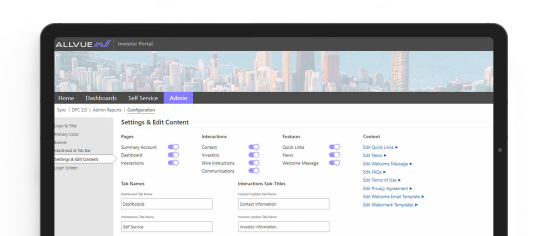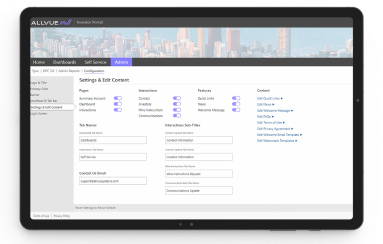
By: Chloe Swierzbinski
Sr. Manager, Product Marketing
March 31, 2025
Part 1 of 3 in our series on Data Management in Private Credit
Welcome to the first installment in our three-part series exploring the evolving landscape of data management in private credit. Based on insights from the recent InvestOps USA 2025 conference, we’ll examine how industry leaders are addressing data challenges and leveraging technology to gain competitive advantages in this rapidly growing market.
In this series, we’ll explore the current challenges in Part 1, connect these insights to Allvue’s Credit Research Solutions in Part 2, and look ahead to the future of credit research and technology in Part 3.
________________________________________________________________________________________________________________________________________________________
As the private credit market continues to expand, data management has emerged as the cornerstone of operational excellence and investment success. At InvestOp’s USA 2025 conference, a panel of industry leaders in private credit and financial markets technology explored the evolving landscape of data management, the transformation of data into strategic assets, and the role of technology in reshaping operations.
The Data Challenge
Private credit markets face increasingly pressing data challenges in an environment lacking standardized reporting. Data fragmentation ranks as the biggest obstacle, with critical information scattered across PDFs, spreadsheets, and emails, requiring manual processing.
The conference explored strategic technology choices firms must make—whether to adopt ready-made solutions offering easier implementation or invest in customizable platforms that better align with specific needs. Without standardized data, even sophisticated AI cannot deliver reliable insights.
Industry leaders emphasized balancing automation with human expertise for better investment outcomes. Their key message was clear: firms cannot automate around poor data management—a structured approach remains essential for technology to drive real efficiency.
Data as a Strategic Asset
Panelists emphasized a significant shift in perspective: beyond operational efficiency, firms are beginning to recognize data as a valuable asset in private credit. By capturing and analyzing borrower and market data effectively, firms can improve underwriting, optimize loan structures, and proactively manage risk.
Several emerging practices are gaining traction in the industry. Some firms are shifting toward continuous data ingestion, supporting real-time borrower insights rather than relying solely on period financial statements. Others are using proprietary benchmarks, leveraging internal borrower and portfolio data to develop more precise risk models and investment strategies.
The message is clear: firms that treat data as a core component of their investment strategy—not just an operational necessity—are gaining a competitive advantage in sourcing deals and managing risk.
Opportunities and Limitations of Technology Solutions
Automation, AI, and machine learning are reshaping private credit operations, yet work best alongside other solutions and human expertise. While tools like Robotic Process Automation (RPA) and Optical Character Recognition (OCR) have reduced manual processes, they often break when external factors change fail when document formats change. AI solutions offer more flexibility but still require structured, high-quality data to function properly
The panelists stressed that while technology enhances efficiency, it does not eliminate the need for human expertise. AI can accelerate credit analysis, but it lacks the qualitative judgement required for complex deal structuring, borrower negotiations, and regulatory interpretation.
To maximize technology benefits, firms must prioritize data organization, governance, and integration—creating a reliable foundation for automation tools to operate efficiently.
Looking Ahead: What’s Next for Private Credit Data?
A critical insight has emerged for the industry: private credit firms must take a strategic approach to data management. Successfully addressing these data challenge —organizing fragmented data, viewing information as a strategic asset, and balancing technology with human expertise—will be critical to driving efficiency and achieving superior investment outcomes.
As we continue this series, our next two blogs, we will explore:
- The key challenges in credit research and how technological advancements address these challenges empowering investment teams to make more informed decisions
- What the future of private credit and how firms are embracing automation, AI, standardization, and real-time analytics to stay ahead and operate more efficiently and effectively
To learn more about how Allvue can support your private credit growth strategy, contact us today.
Stay tuned for Part 2 of our series, coming next week, where we’ll connect these insights to Allvue’s Credit Research Solutions and explore the role of technology in addressing these challenges facing the industry.
More About The Author

Chloe Swierzbinski
Sr. Manager, Product Marketing
Chloe Swierzbinski is a Senior Product Marketing Manager at Allvue. With a background in product marketing at leading financial technology companies, she brings deep expertise in understanding market trends and customer needs. At Allvue, Chloe is dedicated to delivering impactful go-to-market strategies that empower firms with innovative technology to drive efficiency and growth.


